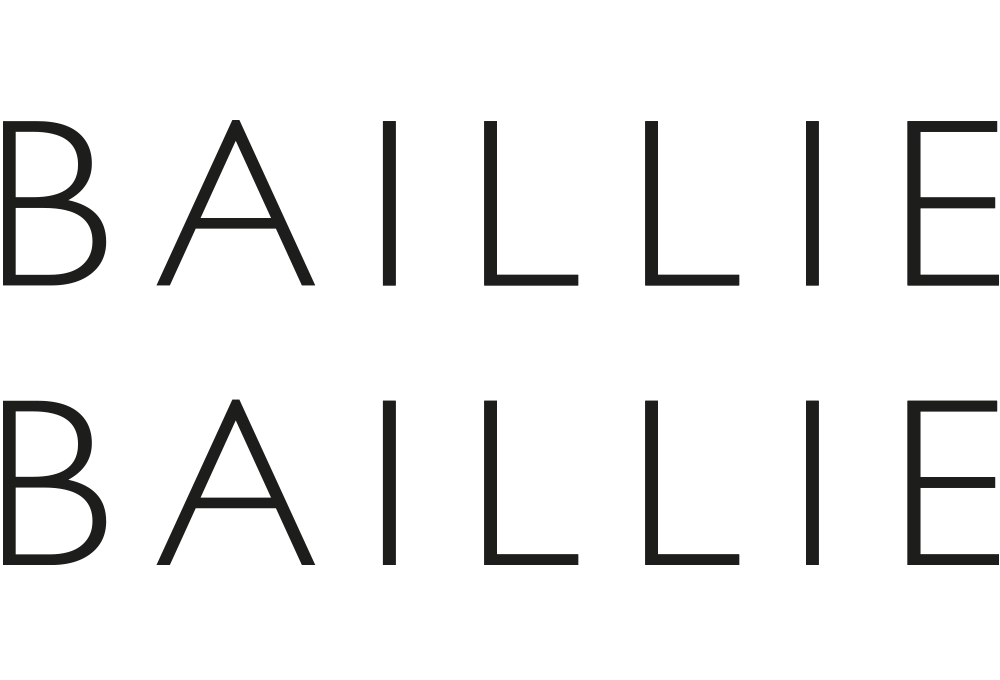Craft and Process
Much of the typical process of making architecture is intangible – digital drawings and abstract representations in plan, section and elevation. As architects we understand and work with these mediums, but the real, crafted things that we’re working towards can easily become detached from digital processes. By this we mean the actual physical, tactile qualities of a building or space, such as light and shadow on a timber-lined surface, the feel of a warm floor, or a cool clay-plastered wall. Or to go slightly further, the atmosphere, presence and character of a room, space or building.
The practice of making functional objects by hand – pottery, furniture, textiles – is a very direct form of creativity. The object is a refinement on a type – a cup, a bowl, a chair. It’s imagined, then produced, in a much more direct relationship with the material of the object itself. There’s always something attractive about this to architects, who’re used to having to navigate the many obstacles, complexities, regulations and relationships that are routinely involved in taking a building project from idea to reality. In many cases, there’s very little space for creativity in this process, and ‘design’ can become more about compliance and delivery.
The physical models that we make in the studio are, for us, a way of addressing this imbalance. They connect the design process to the physical qualities of architecture in a way which we don’t think digital communication can. There’s a thoughtfulness demanded, about how things fit together. We use digital processes continuously, but we use them alongside making and hand sketching, rather than as a replacement.
Craftsmanship speaks to the careful, and skilful process of making. We relate to this way of working. We like to test, make, look, understand, and then refine. It’s more labour intensive, but we agree with David Chipperfield that “the difference between good and bad architecture is the time you spend on it.”
A small selection of our working models.






